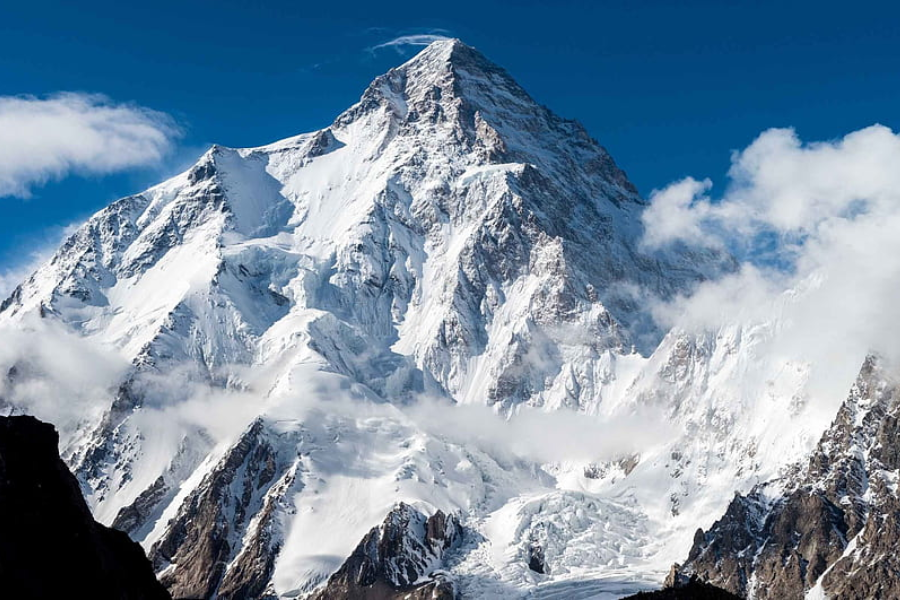Exploring the Himalayan Resting Place: Sanctuaries of Peace and Spiritual Renewal
Introduction
The Himalayas, frequently loved as the “residence of snow,” length across five nations — Bhutan, China, India, Nepal, and Pakistan — shaping a magnificent and various scene that has spellbound voyagers, pioneers, and globe-trotters for a really long time. Integral to this considerable mountain range lies the idea of the Himalayan resting place, both a figurative safe-haven and an actual objective contribution comfort, isolation, and a significant association with nature and otherworldliness. This article dives into the appeal and meaning of these resting places, investigating their social, otherworldly, and environmental significance in the midst of the stunning scenery of the Himalayas.
The Himalayas: An Embroidery of Culture and Nature
A Characteristic Wonder
The Himalayas brag a portion of the planet’s most elevated tops, with Mount Everest transcending at 8,848 meters (29,029 feet). Past their spectacular levels, these mountains go about as a characteristic boundary significantly impacting the environment, culture, and biodiversity of the districts they incorporate. From the verdant valleys of Bhutan to the distinct levels of Tibet, the Himalayas house a different cluster of biological systems that support a rich embroidery of life.
Social Mixture
Socially, the Himalayas are a cauldron of dialects, customs, and religions. Buddhist cloisters stick dubiously to cliffsides in Bhutan and Tibet, while Hindu sanctuaries settle in the Indian Himalayas, reflecting human strength and otherworldliness entwined with mountain rhythms. Every people group contributes a one of a kind lifestyle molded by the glory of their environmental elements.
The Idea of the Himalayan Resting Spot
A Safe-haven for the Spirit
The idea of a Himalayan resting place rises above simple geology. It represents a safe-haven where people look for comfort and profound restoration in the midst of mountain glory. Frequently remote and testing to get to, these safe-havens epitomize the conviction that certified harmony and illumination require both a physical and otherworldly excursion.
Verifiable Importance
By and large, the Himalayas have attracted pioneers search of edification. Excursions to these resting places include crossing rough landscapes, representing an inward journey to conquer individual impediments and accomplish higher cognizance. Many locales are saturated with legend and fantasy, elevating their magical charm through the ages.
Present day Journeys
In contemporary times, the appeal of Himalayan resting places has extended past otherworldly searchers to envelop swashbucklers and sightseers looking for rest from current burdens. These safe-havens offer an exceptional mix of quietness and experience, drawing in a different exhibit of guests who come to restore in the midst of flawless mountain conditions.
Outstanding Himalayan Resting Spots
Lumbini, Nepal
Lumbini, origination of Siddhartha Gautama, later known as Buddha, remains as one of the Himalayas’ most critical profound resting places. Situated in Nepal’s Terai fields, this UNESCO World Legacy site yearly draws huge number of pioneers. The Maya Devi Sanctuary, denoting Buddha’s origin, transmits quietness in the midst of serene nurseries and religious communities from different Buddhist countries.
Rishikesh, India
Arranged along the consecrated Ganges Waterway in Uttarakhand, Rishikesh is eminent as the “Yoga Capital of the World.” It fills in as a center for profound development and actual health through yoga and reflection. Encircled by slopes and timberlands, Rishikesh has various retreats and ashrams where guests drench themselves in works on encouraging inward harmony and care.
Paro Taktsang, Bhutan
Paro Taktsang, or the Tiger’s Home Religious community, remains as quite possibly of Bhutan’s most notorious and consecrated site. Roosted decisively 900 meters over the Paro Valley, it is accepted Master Rinpoche pondered here in the eighth hundred years, making the excursion to this cloister a journey in itself. The lofty rising prizes guests with amazing vistas and significant serenity.
Dharamsala, India
Gotten comfortable Himachal Pradesh, Dharamsala fills in as the home of the Dalai Lama and the Tibetan government far away, expelled in disgrace.A noticeable focal point of Tibetan Buddhism, Dharamsala draws in profound searchers and vacationers the same. Its various reflection places and religious communities offer a vivid involvement with Tibetan otherworldliness against the staggering setting of the Dhauladhar mountain range.
The Excursion to the Himalayan Resting Spots
Actual Difficulties
Arriving at Himalayan resting places involves exploring tough territories, crossing high mountain passes, and getting through flighty climate. The actual excursion fills in as a long term hardship and strength, reflecting the internal excursion towards inward harmony and edification.
Otherworldly and Close to home Change
The actual trip matches an internal change. Voyagers stand up as far as possible and fears along mountain ways ideal for contemplation and self-disclosure. Accomplishing these safe-havens encourages a feeling of achievement entwined with significant otherworldly arousing and recharging.
Biological Effect
While guests carry financial advantages to nearby networks, they likewise present dangers to the sensitive Himalayan biological system. Maintaining the travel industry rehearses are crucial for safeguarding these locales’ normal magnificence and social legacy, guaranteeing they stay unblemished for people in the future.
The Eventual fate of Himalayan Resting Spots
Adjusting The travel industry and Preservation
Developing fame as a movement objective requires cautious harmony among the travel industry and protection endeavors. Eco-accommodating facilities, squander the board drives, and local area based travel industry projects mean to limit natural effect while advancing practical turn of events.
Social Safeguarding
Safeguarding Himalayan social legacy is vital in the midst of heightening the travel industry. Maintaining nearby practices, specialties, and dialects protects these districts’ novel personality and guarantees their holiness as social and profound center points.
The Job of Innovation
Mechanical advances upgrade availability to remote resting places. Further developed framework and correspondence networks enhance guest encounters while engaging neighborhood networks monetarily. Notwithstanding, alert is crucial to keep innovative improvements from compromising these destinations’ normal and social trustworthiness.
Fact:
Geographical Diversity: The Himalayan resting places span across Bhutan, China, India, Nepal, and Pakistan, showcasing a wide range of landscapes from lush valleys to arid plateaus.
Cultural Significance: These places are deeply intertwined with Buddhism, Hinduism, and Tibetan spirituality, hosting iconic sites like Lumbini, Rishikesh, Paro Taktsang, and Dharamsala.
Historical Roots: Many of these locations have historical and mythological significance, attracting pilgrims seeking spiritual enlightenment for centuries.
Physical Challenges: Accessing these sites often involves trekking through rugged terrain and high-altitude passes, posing physical challenges that parallel the inner spiritual journey.
Ecological Impact: Sustainable tourism practices are crucial to preserving the fragile Himalayan ecosystem while managing the influx of visitors.
Conclusion:
The Himalayan resting places are topographical milestones as well as otherworldly safe-havens that offer harmony and profound restoration in the midst of stunning normal excellence. From the origin of Buddha in Lumbini to the yoga capital Rishikesh, these spots draw in travelers, swashbucklers, and vacationers looking for comfort and social submersion. In any case, offsetting the travel industry with protection stays basic to defending their regular and social legacy for people in the future.
FAQ:
What are Himalayan resting places?
Himalayan resting places refer to spiritual sanctuaries nestled amidst the Himalayas, renowned for their cultural significance and natural beauty.
Why are these places significant?
They hold historical, religious, and mythological importance, attracting pilgrims and tourists seeking spiritual enlightenment and cultural immersion.
How can one visit these places?
Accessing Himalayan resting places often involves trekking through challenging terrains or utilizing local transportation, depending on the specific location.
What are the environmental challenges associated with these places?
Increased tourism can strain the delicate Himalayan ecosystem. Sustainable tourism practices, such as eco-friendly accommodations and waste management, are crucial for conservation efforts.
What activities can one engage in at these resting places?
Activities range from spiritual practices like meditation and yoga to exploring historical sites and enjoying scenic hikes amidst stunning mountain landscapes.
How can technology impact these sanctuaries?
Technological advancements improve accessibility and enhance visitor experiences while supporting local communities economically. However, careful integration is necessary to preserve the sanctity of these sacred sites.
What are some notable Himalayan resting places?
Examples include Lumbini (Nepal), Rishikesh (India), Paro Taktsang (Bhutan), and Dharamsala (India), each offering unique cultural and spiritual experiences amidst the Himalayan backdrop.
How can one contribute to the preservation of these places?
Supporting local conservation efforts, practicing responsible tourism, and respecting cultural traditions are essential for preserving the integrity and sanctity of Himalayan resting places.
Discover intriguing insights and news on Tamasha.blog.






